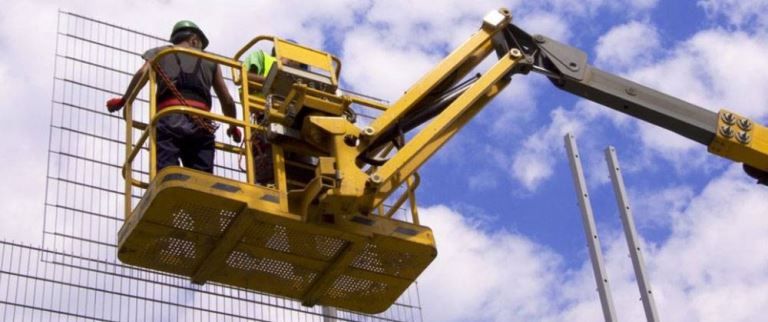June 20,2024
Aerial Lift Safety - 10 Essential Tips for Safe Equipment Use

Ensuring safety in the workplace, mainly when operating heavy equipment, is crucial to preventing worker injuries. Proper safety training is a critical component in achieving a safe work environment.
Focus Areas of Safety Training
The primary emphasis of safety training is on the optimal and safe use of work at height equipment such as ultra boom lifts and on recognizing the difference between substandard and high-quality equipment.
The Value of Safety Training
Investing in safety training for the workplace is invaluable. When renting heavy equipment, it's essential to ensure the rental company adheres to the highest safety standards. As an Mobile Elevating Work Platforms (MEWPs) equipment rental company, we prioritize safety by regularly inspecting and maintaining our equipment. This commitment helps prevent accidents and ensures the reliability of our equipment.
Commitment to Equipment Safety
At Mtandt, equipment safety is our top priority. We meticulously inspect each piece of rental equipment, ensuring that it undergoes rigorous evaluations both before and after each rental period. Each piece of equipment goes through a thorough inspection upon returning from a rental project and the same meticulous process is repeated when it is leased out for a new project. Understanding the risks associated with our clients' work drives our commitment to providing safe, high-quality equipment, allowing our clients to focus on their work with peace of mind.
We also offer comprehensive safety training for MEWPs, including all boom, scissor, and vertical mast lifts.
10 Safety Tips for Aerial Lift Equipment
Training: Ensure you receive proper training, including both general and hands-on sessions, along with familiarization training specific to the equipment.
Inspection: Before each task, conduct a pre-operation inspection and function test. Check for hydraulic leaks, unusual wear, or debris and verify that all parts move correctly.
Risk Assessment: Identify potential hazards such as drop-offs, holes, slippery or unstable surfaces, overhead obstacles, and power lines.
Fall Protection: Wear appropriate fall protection gear, including a full-body harness and a lanyard or self-retracting lifeline, when operating a boom lift.
Guardrails: Never sit, stand, or climb on guardrails. Extra reach is not worth the risk.
Tie-off Procedures: Do not exit an elevated boom or scissor lift unless adequately trained, tied off, and equipped with a manufacturer's letter.
Rescue Plan: Establish a rescue plan to ensure other trained personnel can assist from the ground if necessary.
Debris Management: To maintain a safe working environment, keep the platform free of unnecessary items and debris.
Entry Gate: Always close the entry gate before operating aerial lifts to prevent accidental falls.
Regulations Compliance: Familiarize yourself with and adhere to your employer's safety and worksite regulations and local regulations.
By following these guidelines and investing in thorough safety training, you can significantly reduce the risk of accidents and ensure a safer working environment when using aerial lift equipment.